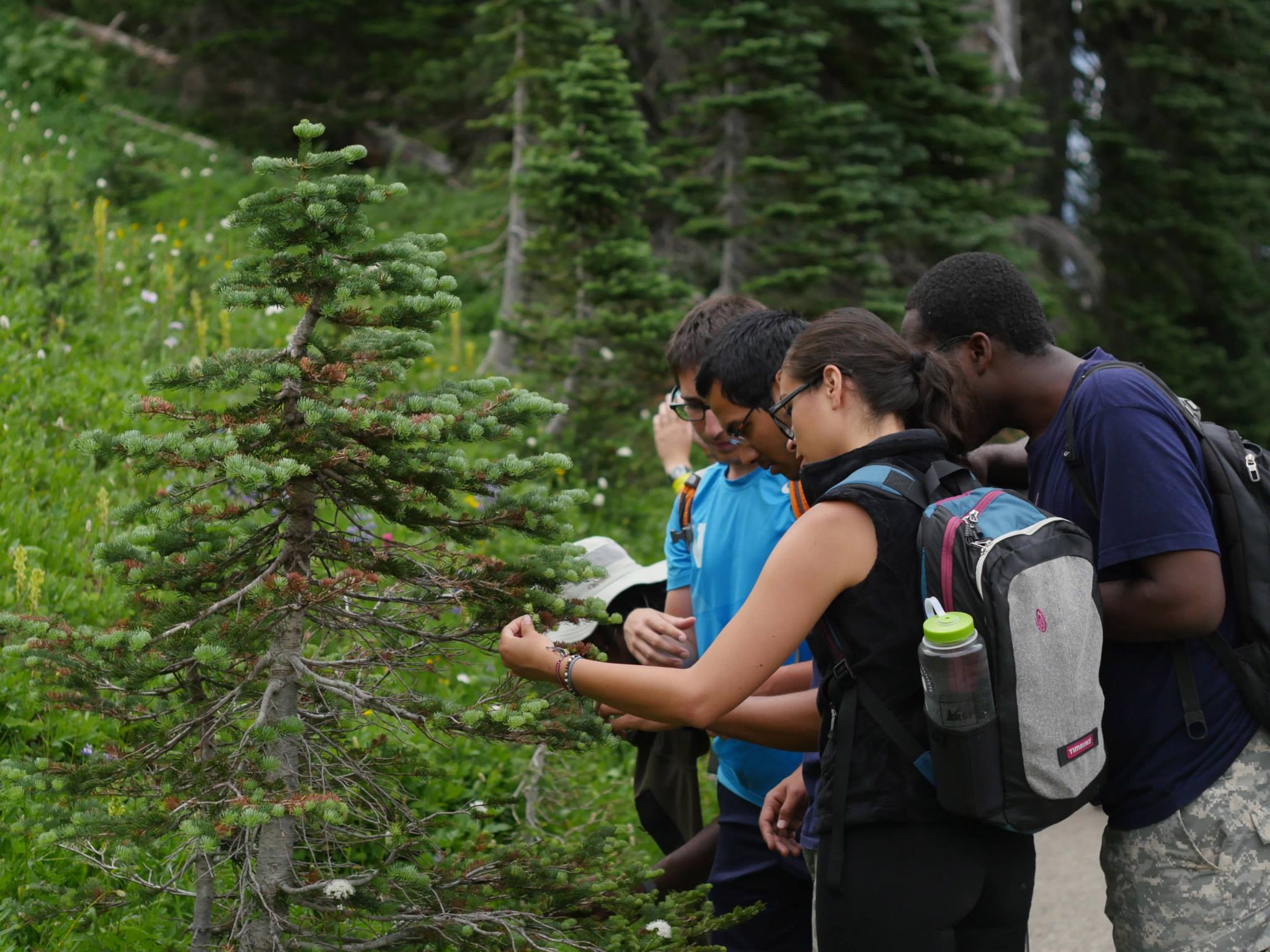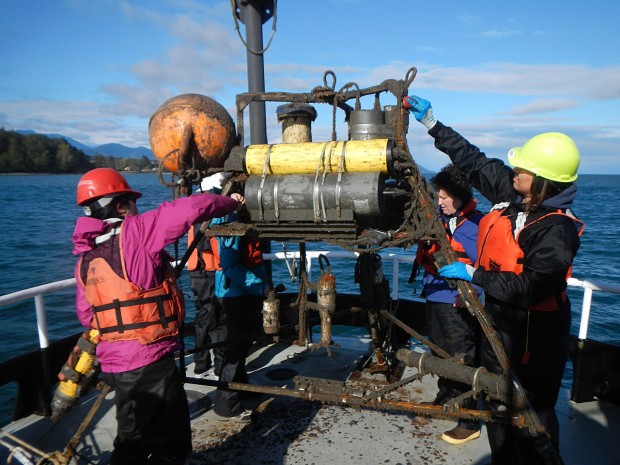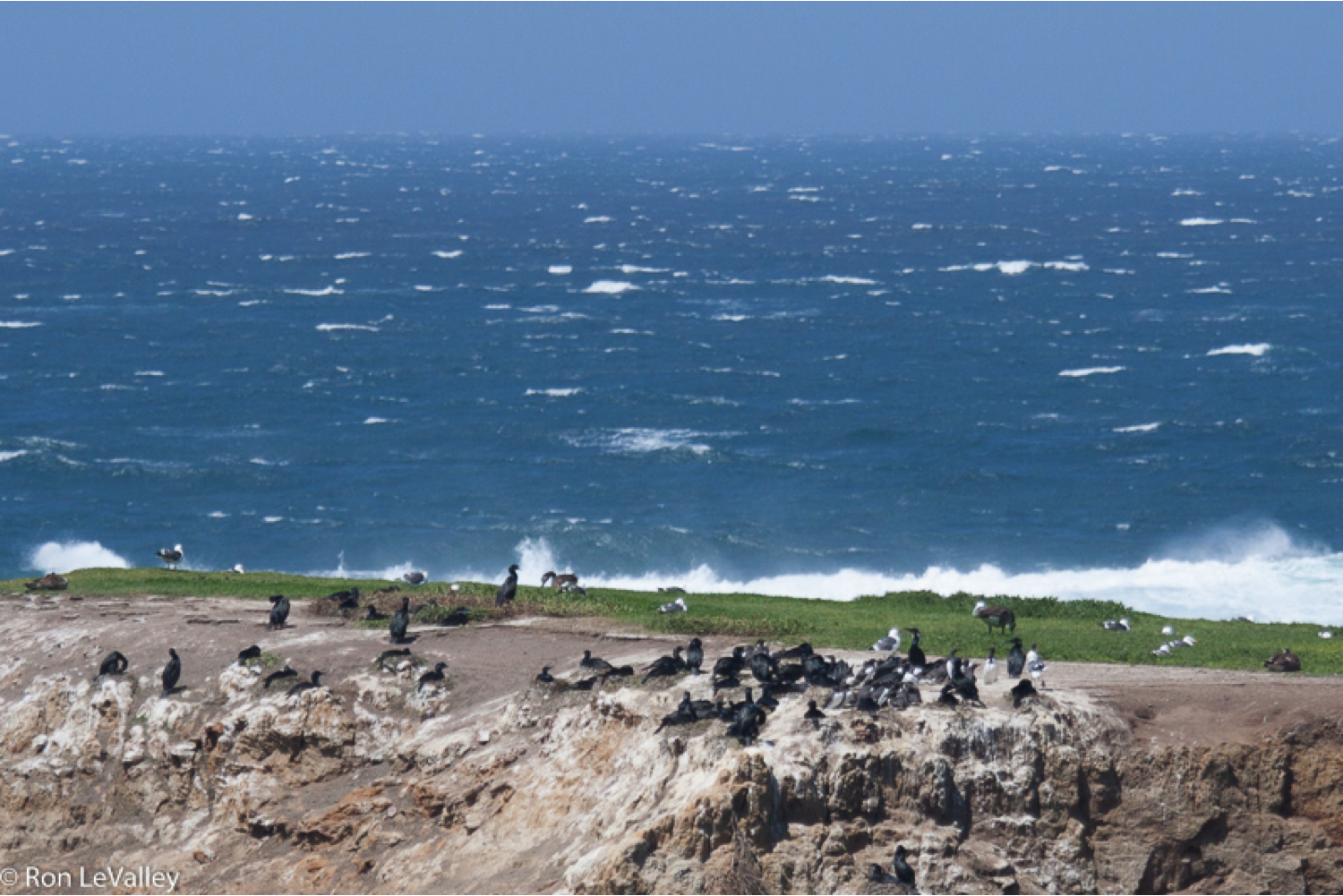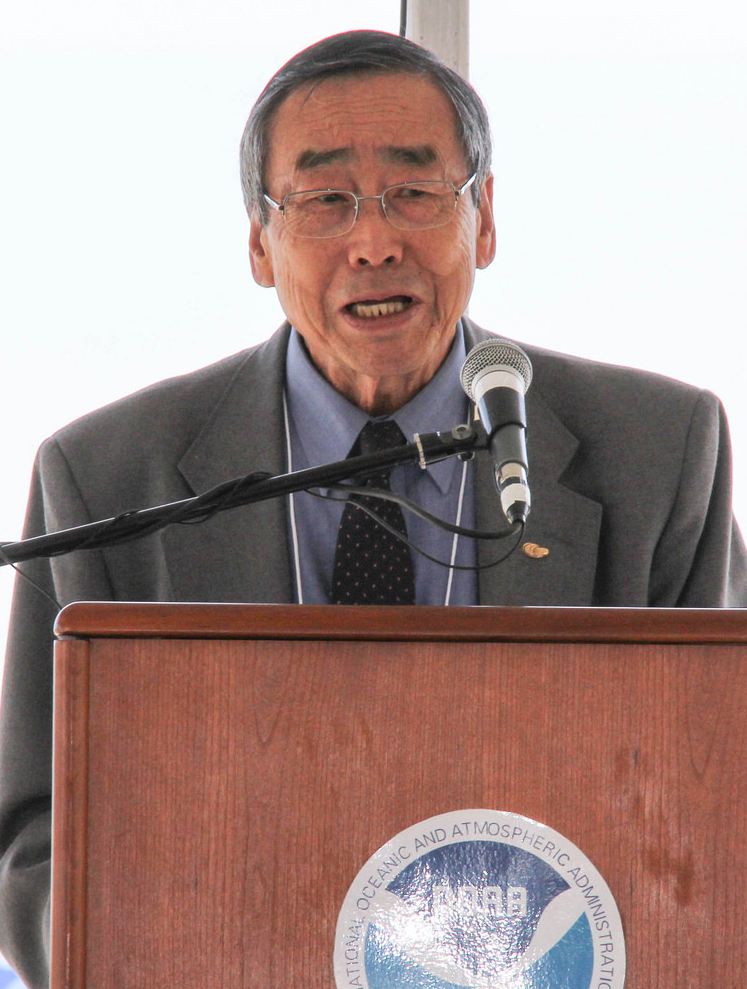The Doris Duke Conservation Scholars Program at UW wrapped up its inaugural year on August 14 in a symposium where students shared their experiences over the course of the summer. Focusing on the intersection of environment and society, the students spoke about the issues surrounding climate, water, biodiversity and food. Instead of learning about these topics solely in the classroom, a majority of their time was spent in the field around Washington state, including in our urban environments, along the coast, up in the mountains, and in the agricultural fields on the eastern side of the state.
Read more at the Seattle Times »A unique lab class: UW students explore nation’s largest dam removal
The Friday Harbor Laboratories, located on the remote shores of the San Juan Islands, provide a unique setting for students to live and breathe marine research. This spring, a group of students from several different colleges and universities participated in one of the labs’ apprenticeships looking at the effects of the Elwha Dam removal on the Strait of Juan de Fuca’s marine environment.
Read more at UW Today »Ocean upwelling becoming more intense with a changing climate
Our Washington coastline is one of the most prolific and productive in the world, teeming with abundant plant and animal life. In fact, much of entire U.S. west coast is the same, and we can largely thank a strong upwelling system for driving this bounty. New research published in Science has shown that upwelling in the eastern boundary current systems – meaning, the eastern edges of ocean basins across the globe where winds, currents, and geological formations create a prime environment for upwelling – has increased globally over the past 60 years.
Read more on the Los Angeles Times »Using eDNA to help scientists monitor marine ecosystems
Marine plants and animals leave behind tiny markers of their presence, often in the form of skin cells that have been shed, damaged tissues, or waste products – and within that lies their signature DNA. From a sample of seawater, scientists can read that eDNA — that is, environmental DNA — and paint a picture of species diversity in specific ocean ecosystems, determine whether or not invasive species have landed in local waters, and even sharpen their ability to monitor ecosystem changes as is often required by law.
Read more at the Stanford Woods Institute »Shellfish center – named after UW’s Ken Chew – to tackle shellfish declines
Washington state’s newest shellfish hatchery – and the federal government’s only such hatchery in the region – has been named after long-time University of Washington faculty member Ken Chew, a professor emeritus of aquatic and fishery sciences. The Kenneth K. Chew Center for Shellfish Research and Restoration is housed at the Manchester Research Station operated by the National Oceanic and Atmospheric Administration near Port Orchard.
Read more at UW Today »





